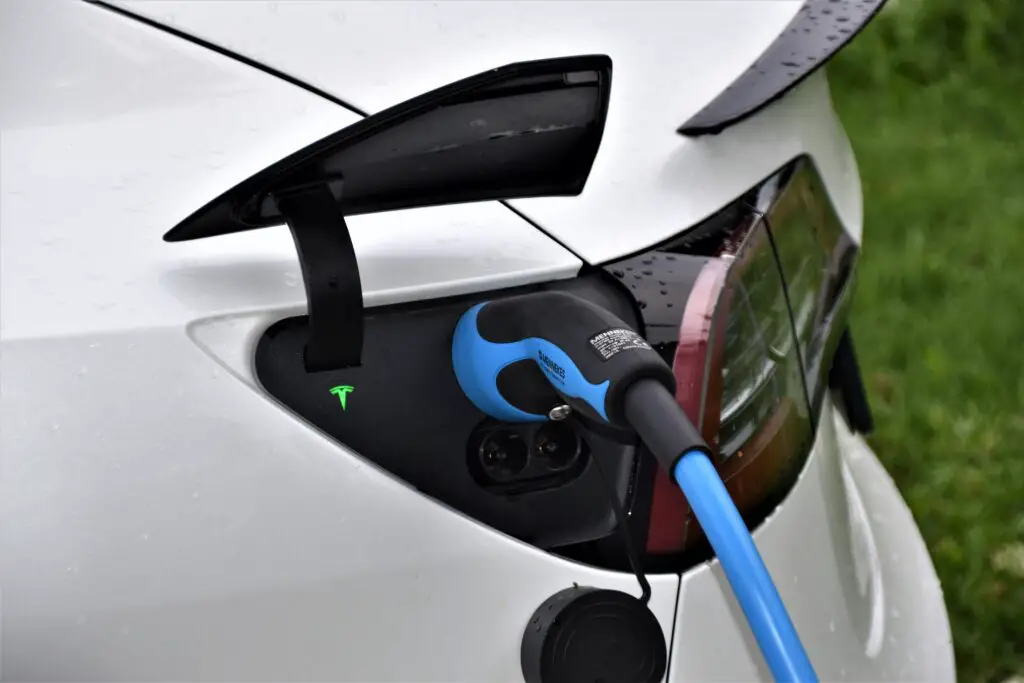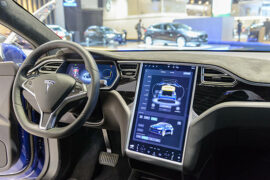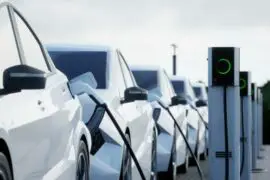Tesla is a leader in environmental concern and innovation in the field of electric mobility. However, amidst the accolades and fervor surrounding Tesla’s electric vehicles (EVs), a recurring question persists: “Are Tesla batteries bad for the environment?”. Join us on a journey to debunk myths and uncover the real environmental impact of Tesla batteries.
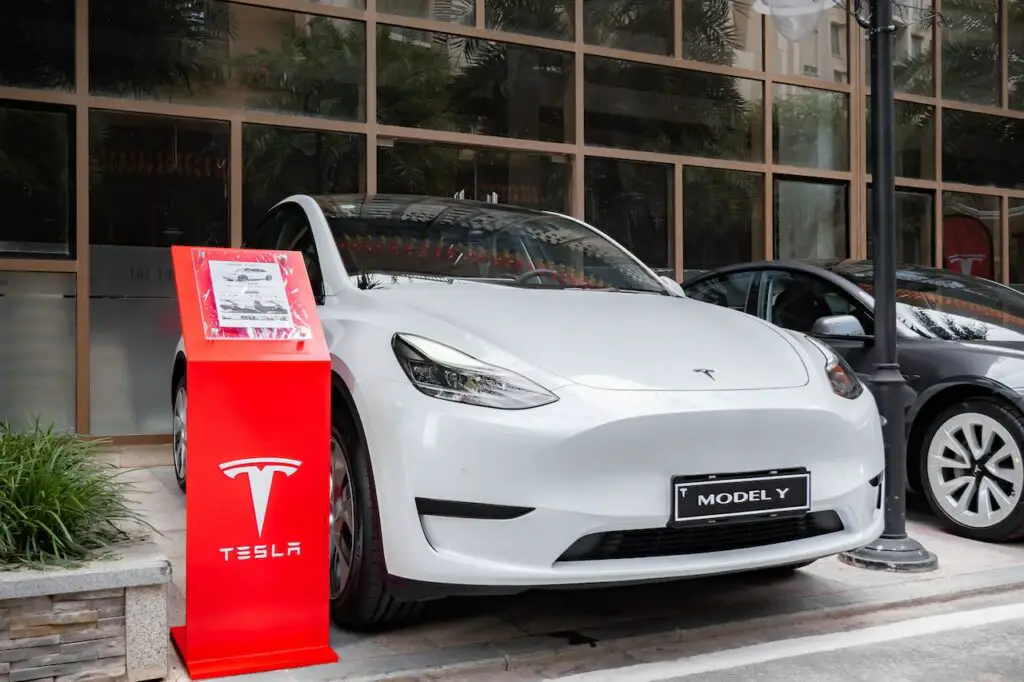
Contents
Environmental Benefits of Tesla Batteries
Reduced Carbon Emissions:
Tesla’s electric vehicles (EVs) play a pivotal role in reducing carbon emissions, a critical step in combating climate change. Unlike traditional internal combustion engine vehicles that rely on fossil fuels, Tesla EVs operate solely on electricity. This shift eliminates tailpipe emissions of carbon dioxide (CO2) and other harmful greenhouse gases, thereby significantly lowering their carbon footprint. By transitioning to EVs powered by Tesla batteries, individuals and communities contribute to a cleaner and greener future.
Improved Air Quality:
One of the standout advantages of Tesla batteries lies in their ability to enhance urban air quality. Traditional vehicles emit a range of pollutants such as nitrogen oxides, particulate matter, and volatile organic compounds, all of which contribute to air pollution and associated health hazards. Tesla EVs, devoid of tailpipe emissions, mitigate these pollutants, leading to fresher and healthier air in urban environments. This shift is particularly beneficial for densely populated areas where air quality concerns are paramount.
Energy Efficiency:
Tesla’s innovative regenerative braking system exemplifies the energy efficiency prowess of their batteries. During braking and deceleration, kinetic energy is converted into electrical energy and stored in the battery. This process not only enhances the overall range of Tesla EVs but also maximizes energy utilization, reducing wastage commonly observed in traditional vehicles. The synergy of advanced battery technology and energy-efficient design principles underscores Tesla’s commitment to sustainable mobility solutions.
Addressing Environmental Concerns
Battery Production Complexities:
The journey towards sustainable transportation with Tesla batteries begins with a critical examination of production complexities. The extraction and processing of raw materials like lithium, cobalt, and nickel, essential for battery manufacturing, can have significant environmental implications. Mining activities may lead to habitat disruption, soil erosion, and water pollution if not managed responsibly. Additionally, the energy-intensive processes involved in refining these materials contribute to carbon emissions, underscoring the need for eco-friendly mining practices and resource utilization strategies.
End-of-Life Considerations:
The lifecycle of Tesla batteries raises pertinent questions about their end-of-life management. Disposing of or recycling EV batteries presents unique challenges due to their composition and potential environmental impact if mishandled. Addressing these concerns requires robust recycling infrastructures capable of recovering valuable materials like lithium and cobalt while minimizing waste and pollution. Innovations in battery recycling technologies, coupled with stringent regulatory frameworks, are crucial steps towards ensuring responsible disposal practices and closing the materials loop in the EV ecosystem.
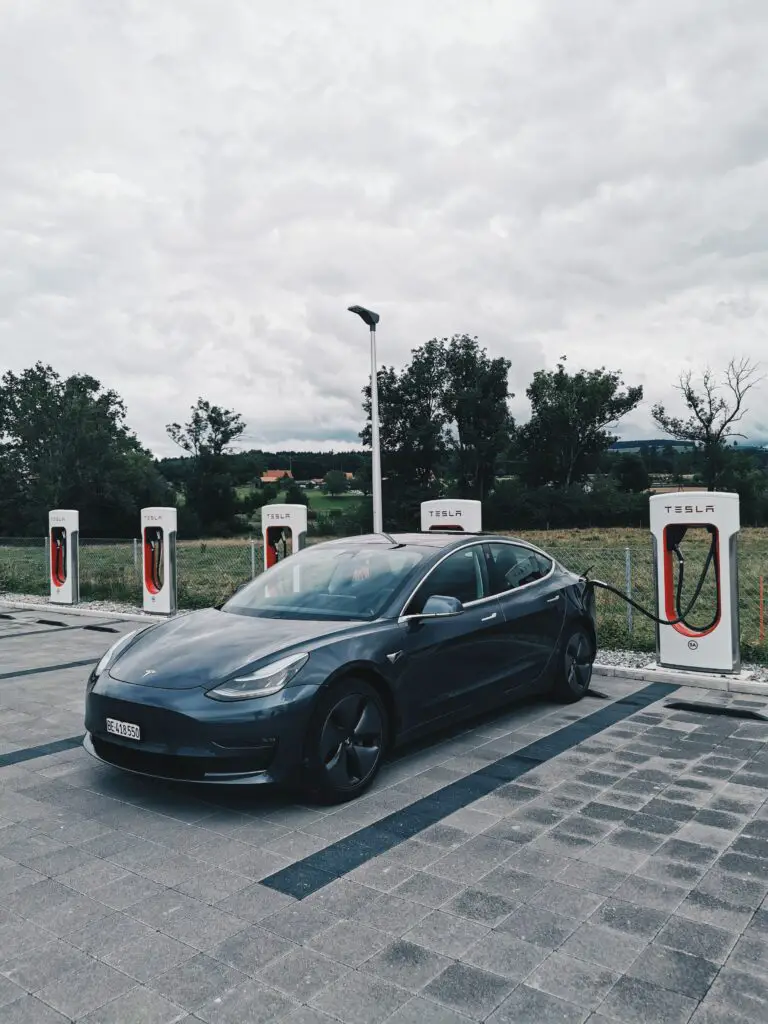
Energy Intensity in Manufacturing:
Another environmental concern associated with Tesla batteries pertains to the energy and resource demands during manufacturing. The production of lithium-ion batteries entails substantial electricity consumption, water usage, and emissions of greenhouse gases and pollutants. Balancing the need for mass production with sustainability imperatives requires continuous improvements in manufacturing processes, adoption of renewable energy sources, and eco-efficient design practices. Collaborative efforts across the supply chain are essential to reduce the environmental footprint of battery production while meeting the growing demand for EVs.
The Balanced Perspective
Tesla batteries embody a dual nature, showcasing both environmental benefits and accompanying challenges. While these batteries contribute significantly to reducing carbon emissions, improving air quality, and enhancing energy efficiency, they also pose environmental concerns during production, end-of-life management, and manufacturing processes. Recognizing this balanced perspective is crucial in fostering informed discussions about the true impact of Tesla batteries on the environment.
Despite these challenges, ongoing efforts are underway to mitigate the environmental impacts associated with Tesla batteries. Initiatives focusing on sustainable sourcing of raw materials, advancements in battery recycling technologies, and the adoption of renewable energy in manufacturing are key strategies driving positive change. Tesla’s commitment to sustainability extends beyond its products, with investments in solar energy, energy storage solutions, and the development of more eco-friendly battery chemistries.
Furthermore, industry-wide trends toward sustainability are shaping the future of electric mobility. Collaborative initiatives, partnerships with environmental organizations, and regulatory advancements are propelling the EV sector toward greater environmental responsibility. As consumers demand cleaner and greener transportation options, Tesla and other EV manufacturers are compelled to prioritize sustainability throughout their operations.
Conclusion on are tesla batteries bad for the environment:
In conclusion, “Are Tesla batteries bad for the environment?”While Tesla batteries contribute significantly to reducing carbon emissions, improving air quality, and enhancing energy efficiency in the transportation sector, they also pose concerns related to production complexities, end-of-life management, and energy-intensive manufacturing processes.
Despite these challenges, it is crucial to recognize the ongoing efforts and strides made towards mitigating environmental impacts. Initiatives focusing on sustainable material sourcing, innovative recycling technologies, and renewable energy integration are driving positive change within the EV industry. Tesla’s commitment to sustainability, evidenced by investments in solar energy, energy storage solutions, and eco-friendly battery chemistries, underscores a proactive approach towards environmental responsibility.
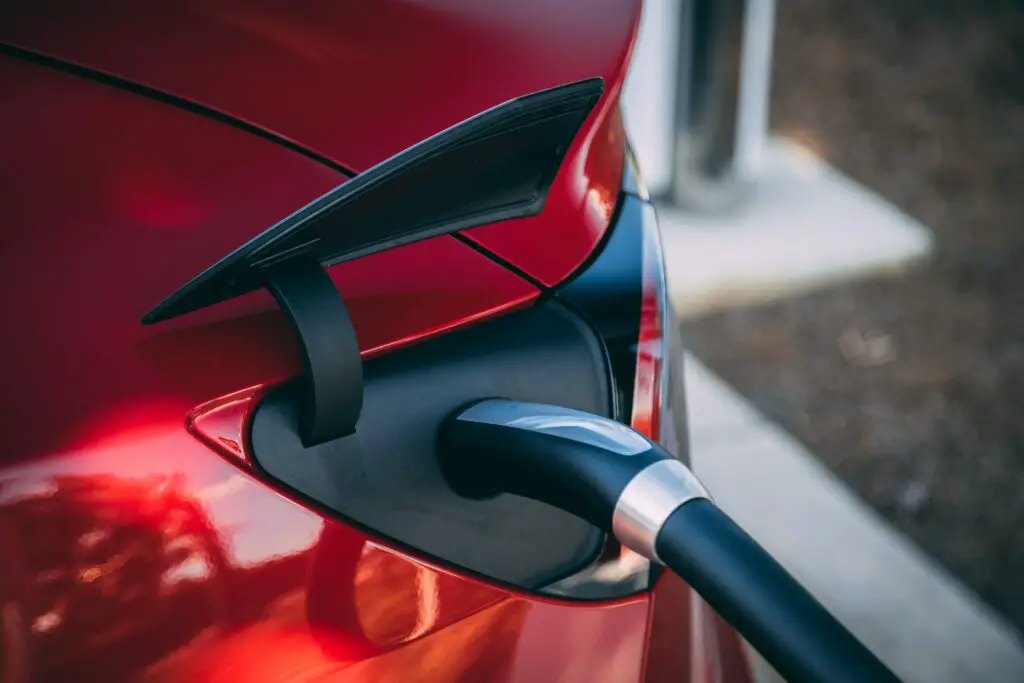
Moving forward, the importance of continued innovation and sustainable practices in the EV industry cannot be overstated. As the demand for cleaner and greener transportation solutions grows, stakeholders across the board must collaborate, innovate, and adopt conscientious decision-making processes. By harnessing the potential of technology, embracing renewable energy sources, and prioritizing environmental stewardship, Tesla and the EV industry are poised to lead the charge toward a more sustainable and eco-friendly future for transportation.

